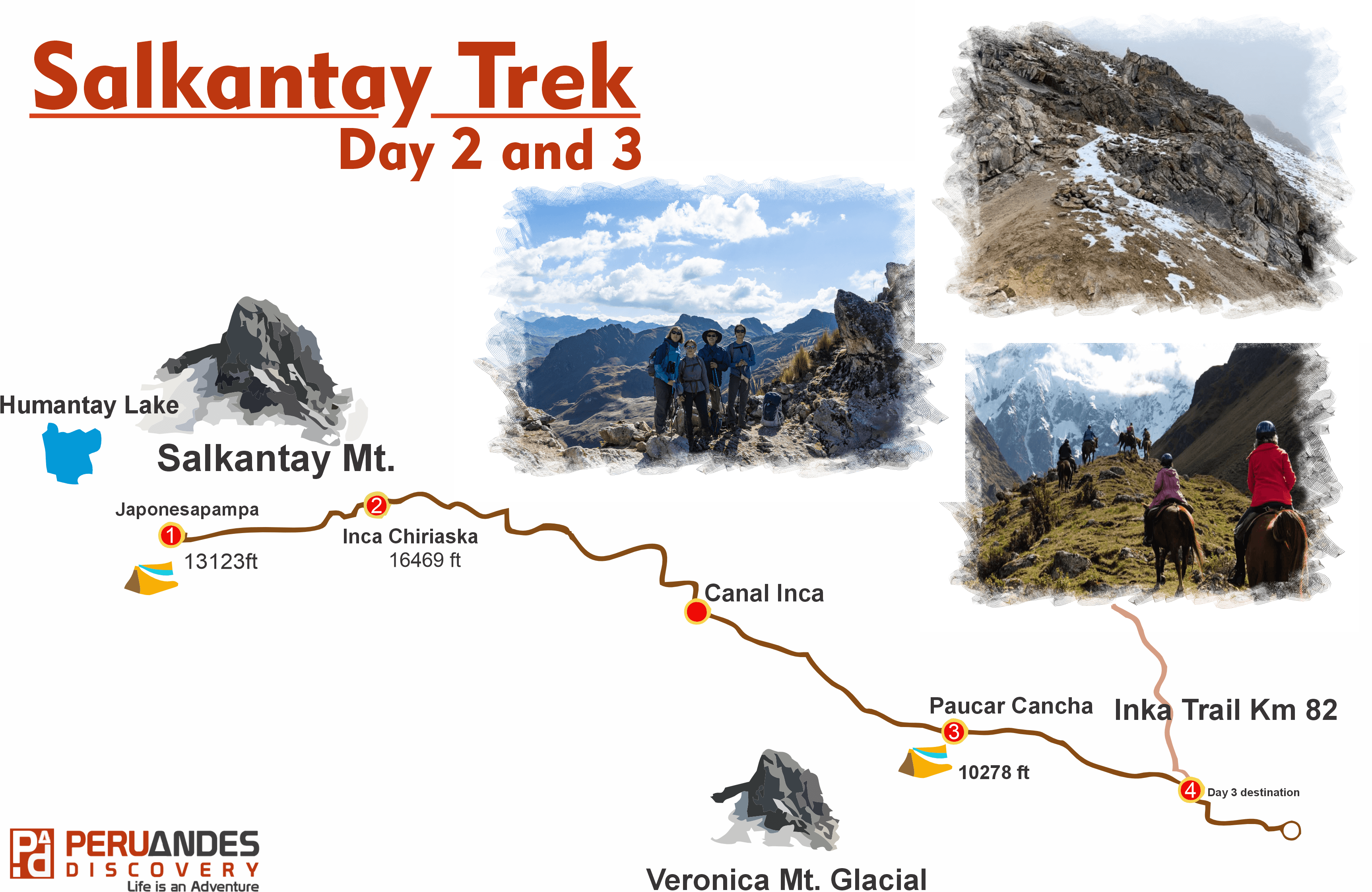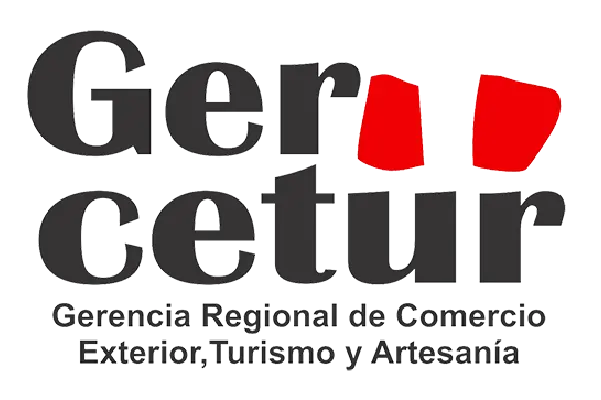8 Day Qoyllority to Ausangate
Overview
The peaks of Ausangate and Qoyllorrity are considered by localst to be sacred. This is one
of the most important pilgrimage sites for the descendants of the Quechua people. During
this hike we will see the most beautiful, natural landscapes of the mountains in the highlands.
We also have the opportunity to see diverse communities observing their customs and traditions.
This hike has an average of 7.5 hours of hiking per day. It demands a good physical condition
because you will be hiking at high altitudes. It is intended for people who have had several
days to acclimatize. It is appropriate for couples or groups who want to have a more personal
and spiritual journey, to enjoy the beautiful scenery surrounding CCoyllorrity and Apu Ausangate,
and to acquire a deeper knowledge of the customs and traditions of the Andean people.
Get ready for an amazing adventure and a life changing experience near one of the most spiritually
significant mountains in the mountain culture and one of the most renowned treks in all of Peru.
Ausangate boasts of being the fifth tallest mountain in Peru reaching 6,384 meters (20,945 feet)
and is part of the Urubamba Mountain Range.
The towering peaks of Ausangate (6,384 m / 20,945 ft) and Qoyllur Rit’i (Star Snow) are deeply
sacred in Andean cosmology, revered as Apus—mountain spirits that protect and sustain life. For
centuries, these mountains have been central to the spiritual traditions of the Quechua people,
serving as one of the most significant pilgrimage sites in the Andes. The annual Qoyllur Rit’i
Festival, a vibrant blend of Catholic and indigenous rituals, draws thousands of devotees who
undertake the arduous journey to honor the glaciers and stars, seeking blessings and healing.
This trek is not just a physical challenge but a profound cultural and spiritual journey. Each
day involves approximately 7.5 hours of hiking across rugged high-altitude terrain, with elevations
ranging between 4,000 and 5,200 meters (13,123–17,060 ft). Due to the extreme altitude, proper
acclimatization (at least 2–3 days in Cusco or the Sacred Valley) is essential to avoid altitude
sickness. The route traverses breathtaking landscapes—turquoise glacial lakes (like Laguna Sibinacocha),
sweeping valleys dotted with alpacas and vicuñas, and snow-capped ridges glowing in the Andean light.
Qoyllur Rit’i: The Sacred Pilgrimage of the Andes
Deep in the heart of the Peruvian Andes, where the air is thin and the mountains touch the sky,
lies one of the most extraordinary spiritual gatherings in the world—the Qoyllur Rit’i festival.
This sacred pilgrimage blends Catholic devotion with ancient Andean cosmology, creating a vibrant
tapestry of faith, tradition, and resilience that has endured for centuries.
The Sanctuary and its Sacred Architecture:
The main sanctuary is built at 4,800 meters above sea level with local stones in a semicircular shape, representing the womb of Pachamama.The “Chapel of the Stars” houses the sacred rock where the image appeared, covered with silver votive offerings.
The complex’s design replicates the Andean cosmology of the three worlds: Hanan Pacha (upper world),
Kay Pacha (earthly world), and Uku Pacha (inner world).
Price per person
$ 00.00 USDSacred Expedition: Qoyllur Rit’i – Ausangate Trek (8 Days / 7 Nights) – A mystical journey through Cusco’s most powerful Andean sanctuaries, combining spiritual pilgrimage, living culture, and glacial landscapes.
ItineraryWe leave Cuzco early in the morning and drive to the Chua Chua village. On the way we will pass a number of traditional communities and pre-Incan archaeological sites. We will make stops to learn the history of the traditional communities and the significance of the archaeological sites.
(Camp at Chua Chua. Estimated hiking – 4 to 5 hours)
We leave our camp to make our way to the outstanding village of Hatun Quero. This day is going to be mostly uphill.
(4,000m / 13,123 ft. Camp at Hatun Quero. Estimated hiking – 5 to 6 hours)
We will hike from our camp to Cocha Moco. On Sundays in Cocha Moco there is a market where the local people gather to buy and sell their products and to socialize with their distant neighbors.
(Camp at Cocha Moco. 4,765m / 15,633 ft. Estimated hiking – 5 hours)
We leave early in the morning from our campsite in Cocha Moco to Carhuayo ( 4,765m / 15,633ft), where we will spend time enjoying the awesome views. Then we will hike down for another 2 hours enjoying stunning views of the Andes and camp at Carhuayo.
(4,300m / 14,107ft. Estimated hiking – 7 hours)
After two hours hiking we will get to the pass called Puka Aq’o (4,916m). Then we will gradually follow the path to the Sanctuary of Qoyllorrity, the place where the Andean people have gathered annually for generations to honor the Apu (deity) of this mountain.
>(Camp at Qoyllorrity. 4,648m / 15,249 ft. Estimated hiking – 7 hours)
After enjoying the sun rise over the ice capped mountain, Sinacara, we will walk through beautiful hillsides and valleys to the village of Mahuayani. Then we will climb about two hours to lake Singrinachocha, where we will camp on the shore of the lake.
(Camp at Singrinacocha (4,343m/14,248 feet))
Today we will hike through rolling hills and rural villages near the sacred mountain, Ausangate (6,384m / 20,944ft), one of the three highest and most sacred mountains in the Cuzco area.
We will cross the pass (4,777m / 15,672ft) and continue to Mamaranapaqui. Then we will hike uphill to get to the campsite near Pacchanta. This is our last night with the staff and we will celebrate our successful journey with them.
(Estimated hiking – 8 hours)
- Pre-trek briefing.
- Collection from your hotel on the morning of trek departure.
- Transport from Cuzco to the trailhead at the beginning of the trek in private vehicle.
- English/Quechua/Spanish speaking professional guide (you will have an assistant guide for groups over 6 people).
- Tents – 2 people in a 4 person tent which allows for greater comfort, and also storage of backpacks.
- Basic foam mattress. If you require greater comfort during the trek we can rent you an inflatable mattress (e.g. Thermarest).
- Cook and Cooking equipment (Assistants are provided for larger groups).
- Toilet tent.
- Meals as indicated in the itinerary (optional vegetarian food). Our professional cooks prepare meals that incorporate elements of the Western diet and also traditional diet.
- Peruvian delicacies. (Please communicate with your guide/cook during the trek if you have a preference for certain types of dishes). Salads, if served, are washed in boiled water.
- Horses (for equipment and personal items) including horsemen. They carry camping equipment, food and kitchen utensils. We provide duffel bags at your briefing for your personal items (up to 7 kg/15 lbs. per person).
- 1 emergency horse which can be ridden if you are feeling ill or if are a little slower.
- Dining tent with camp tables and chairs and kitchen tent for the cook to prepare meals.
- Tents for our staff to sleep.
- First aid kit including emergency oxygen bottle.
What’s Not included
- Sleeping bags. If you haven’t got a sleeping bag or you don’t want the hassle of bringing one all the way to Peru with you, then we have sleeping bags for hire.
- Gratuities for the staff.
- If you want to take more substantial items or backpacks, you will need to hire an additional mule. Also if you want your personal riding hourse let us know.
- Clothing
- Lightweight and moisture-wicking clothing for hiking
- Long-sleeve shirts and pants for sun and insect protection
- Warm layers for the cool evenings (fleece or down jacket)
- Waterproof jacket and pants (for rainy weather)
- Hat or cap for sun protection
- Warm hat, gloves, and scarf for cold nights at higher altitudes
- Comfortable hiking boots (broken-in and waterproof)
- Comfortable camp shoes (sandals or lightweight shoes)
- Wool or synthetic socks (bring several pairs)
- Essential Gear
- Daypack (25-30L) for carrying your personal items
- Large duffel bag for porters to carry (preferably waterproof)
- Sleeping bag (fiber-filled, as provided)
- Sleeping pad (if not provided, confirm with the tour organizer)
- Headlamp or flashlight with extra batteries
- Waterproof bags to protect electronics and clothing
- Reusable water bottle (at least 2L capacity)
- Personal hygiene items (toothbrush, toothpaste, etc.)
- Sunscreen (high SPF) and lip balm with sun protection
- Insect repellent (DEET-based recommended)
- Personal Items
- Passport and copies (for entry into Machu Picchu)
- Travel insurance documents
- Credit card or cash (for personal expenses)
- Camera or phone (with extra memory cards and batteries)
- Personal medication and a small first-aid kit (band-aids, antiseptic, etc.)
- Optional Items
- Snacks (energy bars, trail mix)
- Lightweight trekking poles (optional but recommended for the Inca Trail)
- Binoculars for bird watching
- Notebook or journal
- Small lock for your duffel bag
Important Notes
- Make sure all your gear is lightweight and waterproof, as weather can change quickly.
- Ensure you have proper hiking boots that are well-broken-in before the trek to avoid blisters.
- Pack light, as porters will carry your equipment, but there are weight restrictions for what can be carried.
Location the 8 Day Qoyllority to Ausangate
1. What is the best time to take this tour?
✅ Dry season (May to October): Ideal for trekking (sunny days, cool nights).⚠ June (Qoyllur Rit’i): Crowded but magical (book six months in advance).
❄ November-April: Heavy rains (dangerous trails, not recommended).
2. Do I need previous trekking experience?
✔ Ausangate (Full Circuit): Demanding (requires physical fitness).✔ Qoyllur Rit’i (Pilgrimage): Moderate (long hikes at altitude).
💡 Alternative: Tours with support horses (see options).
3. What is acclimatization like?
📅 Minimum 2 days in Cusco (3,400 meters above sea level) before the tour.⛰ Progressive route: Well-planned itineraries prevent altitude sickness.
💊 Recommended: Acetazolamide (consult your doctor).
4. Is there internet or electricity?
📵 Ausangate: No signal (total disconnection).📶 Qoyllur Rit’i: Only intermittent signal in high areas.
🔋 Electricity: Bring power banks (there are no outlets at campsites).
5. How does climate change affect the route?
❄ Retreating glaciers:The Colquepunku snow-capped mountain (Qoyllur Rit’i) has lost 40% of its ice.
Palomani Pass (Ausangate) is more rocky than snowy.
🌍 Responsible tourism: Do not leave trash. Use biodegradable sunscreen.

